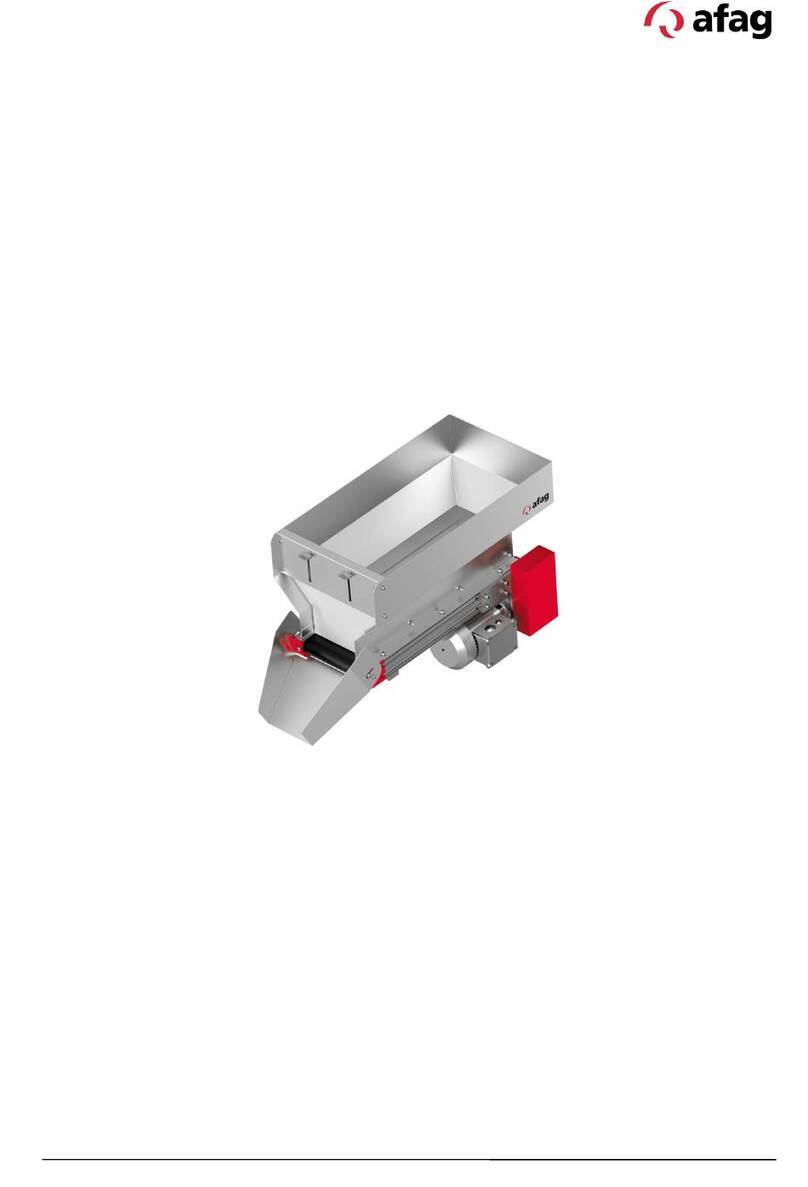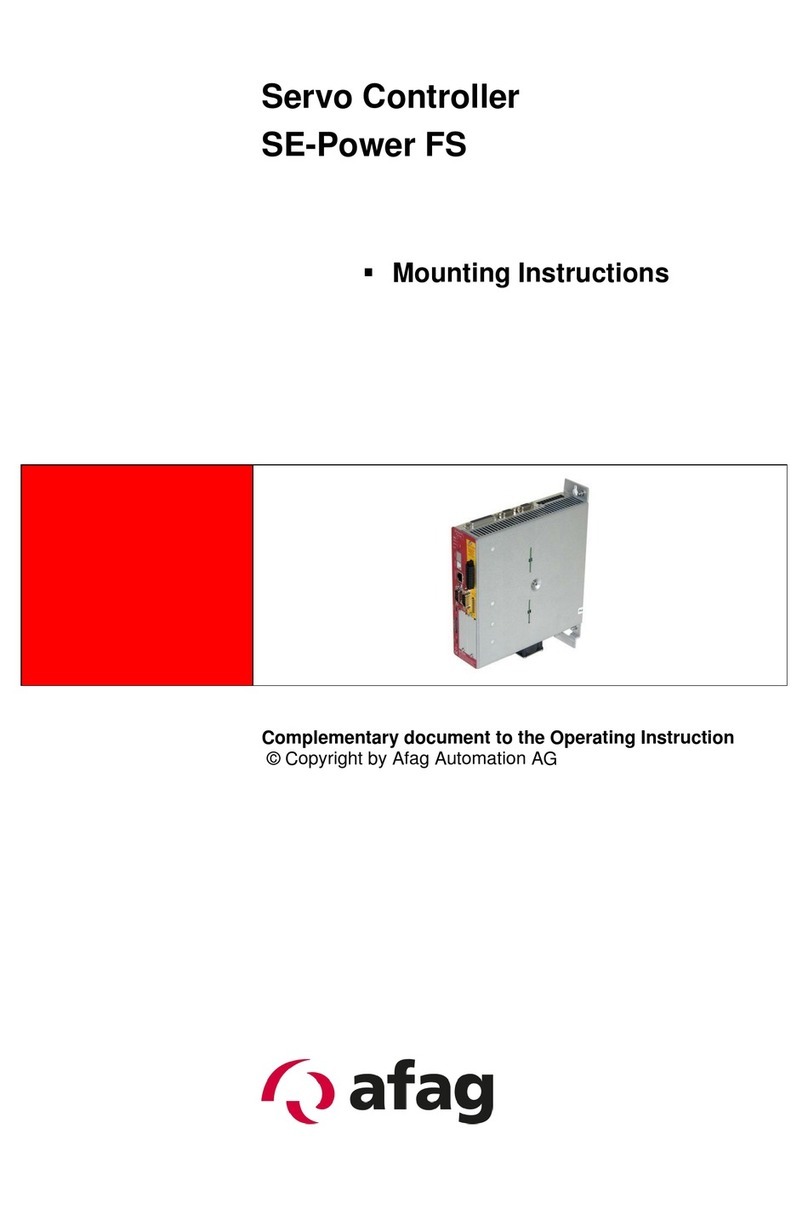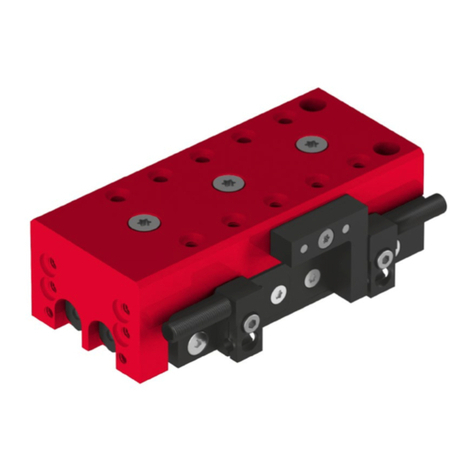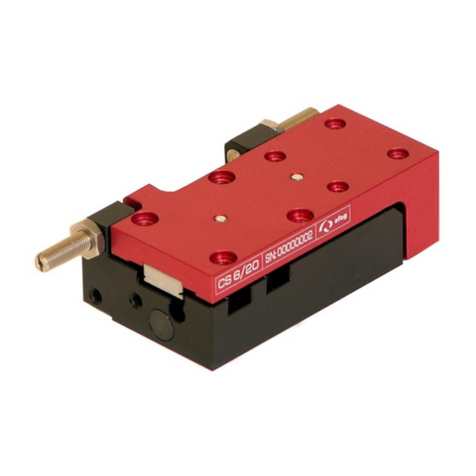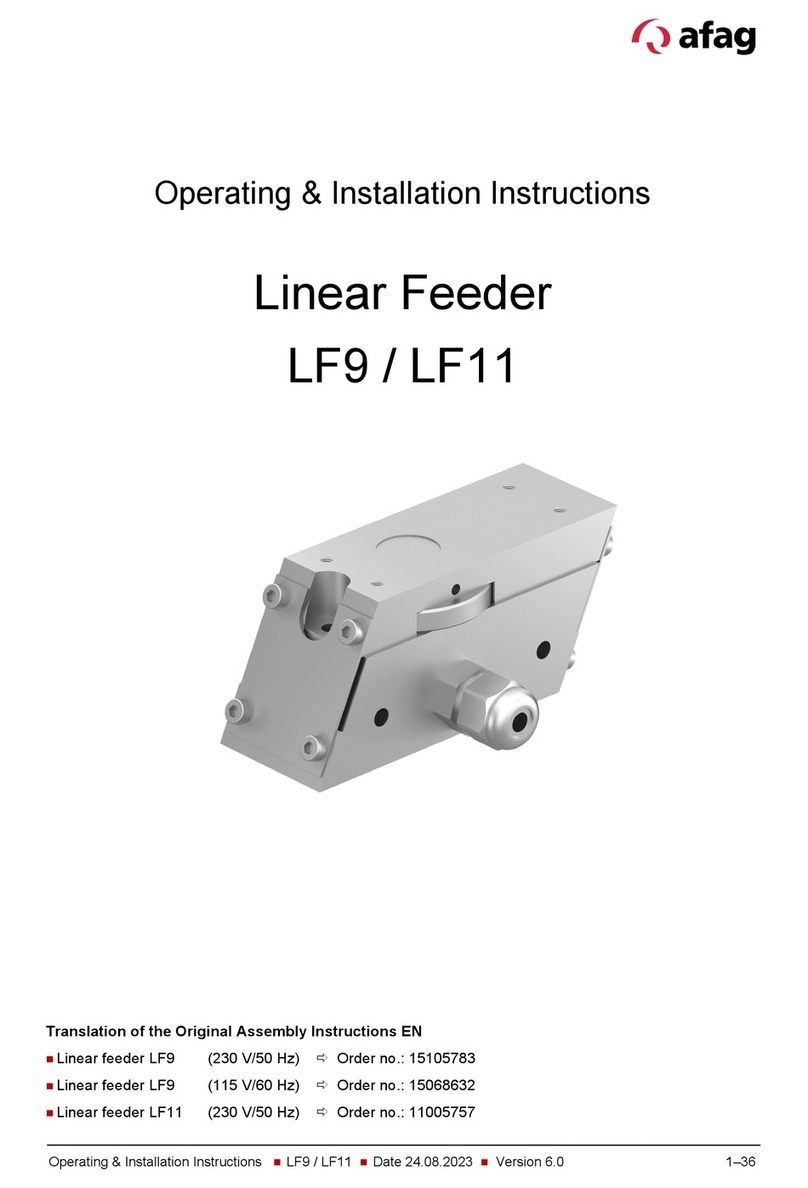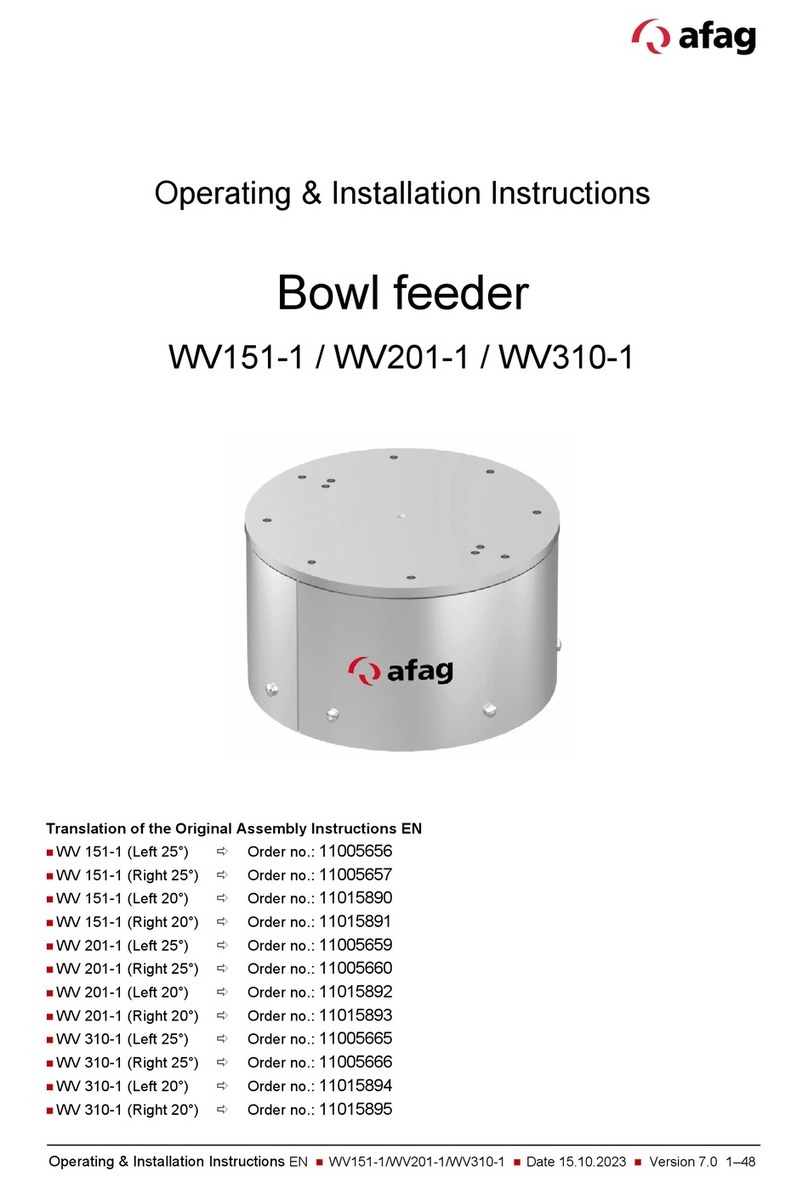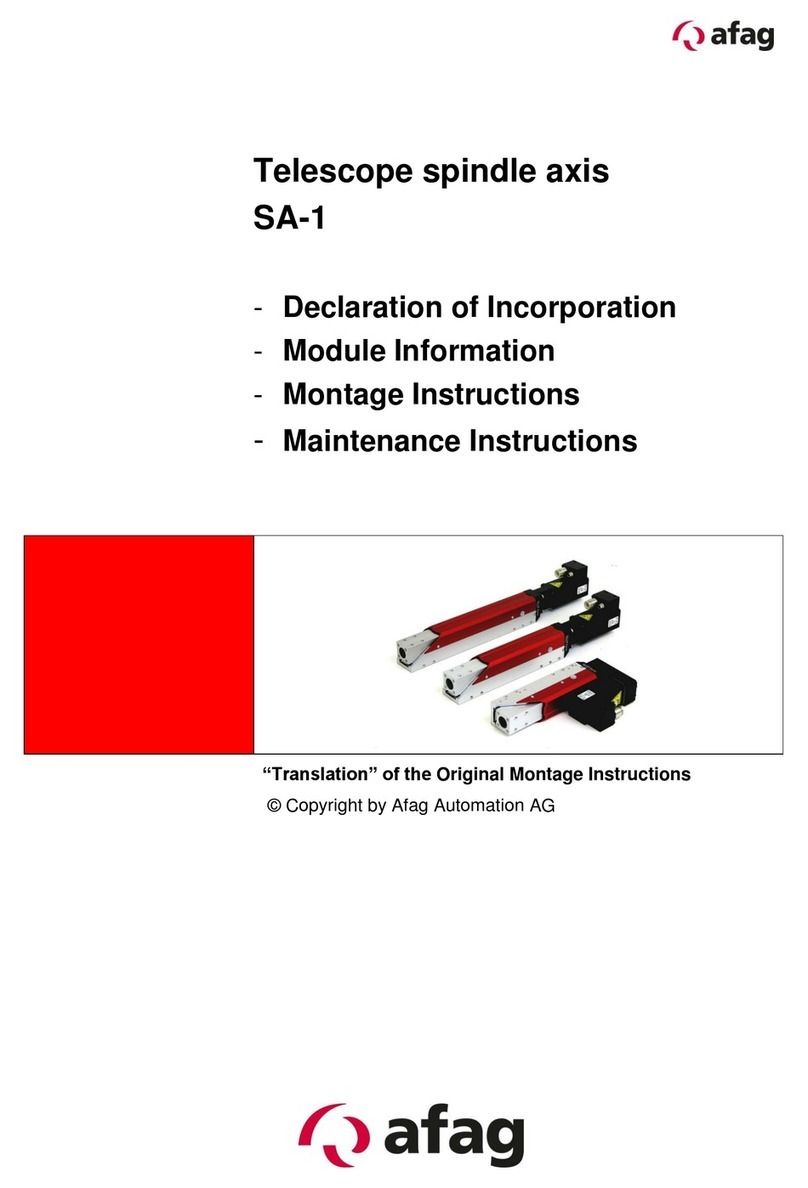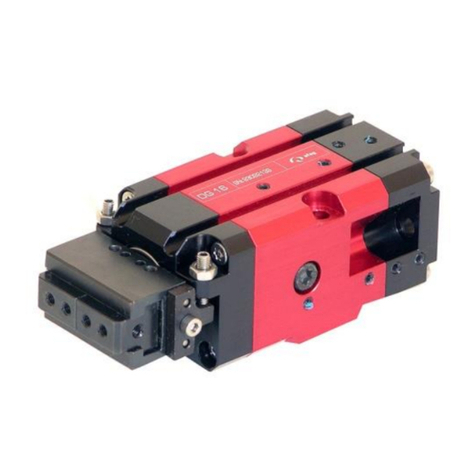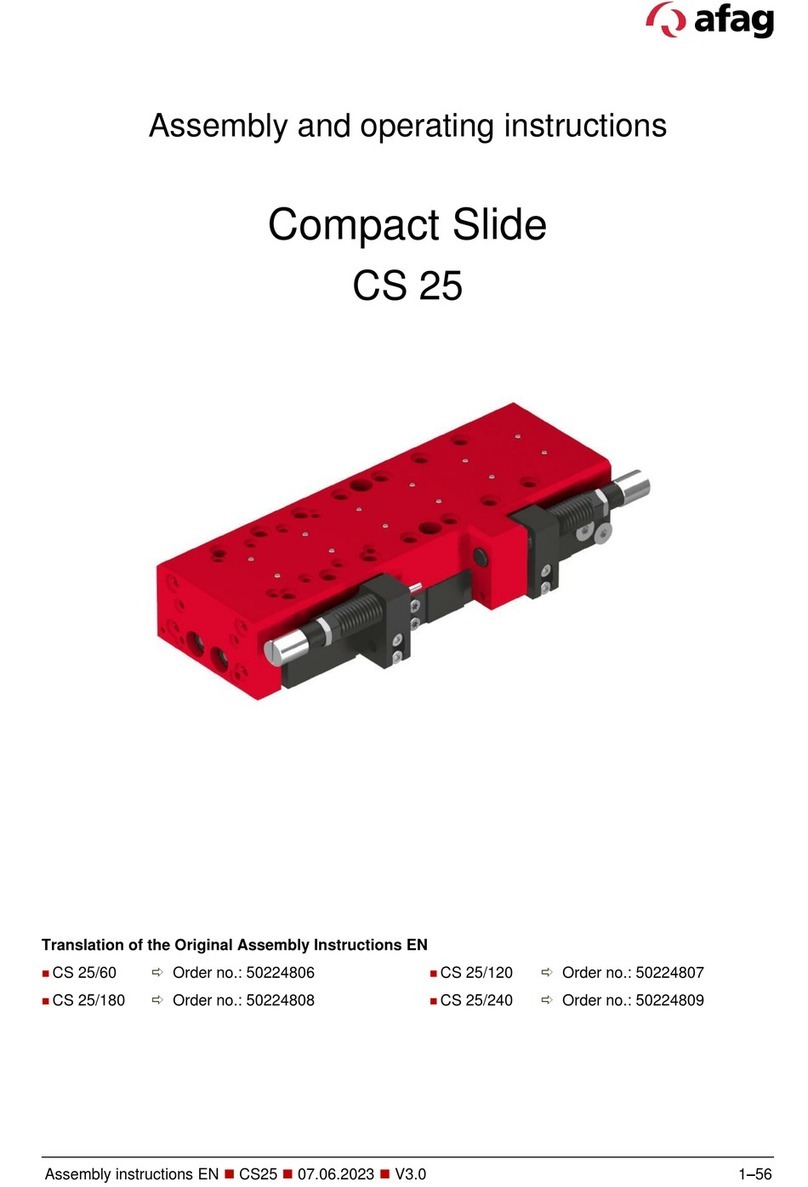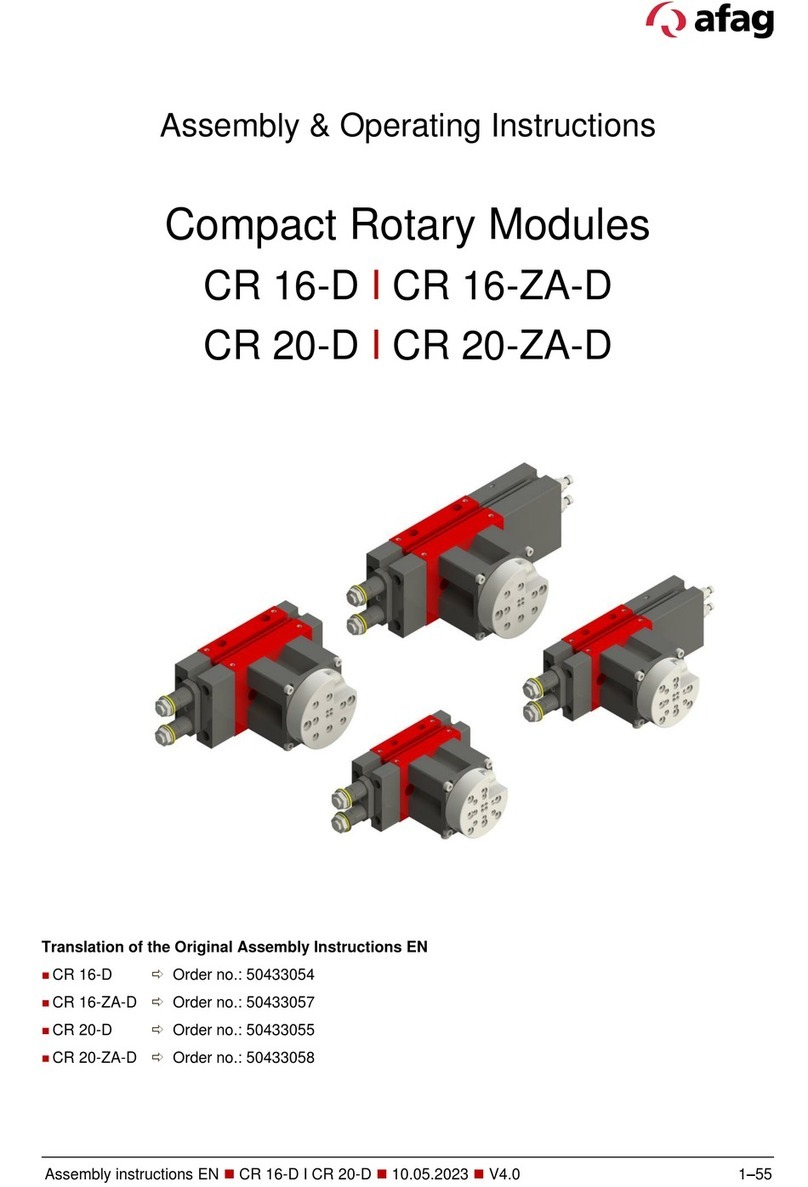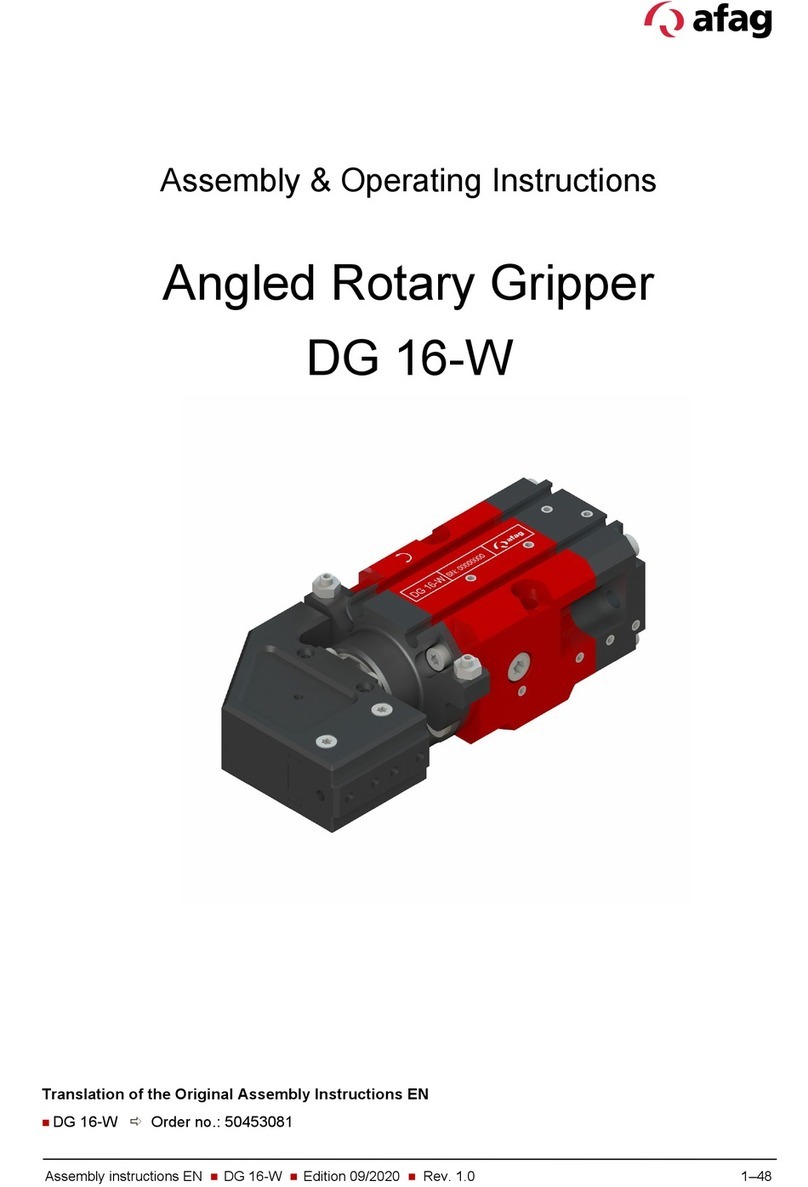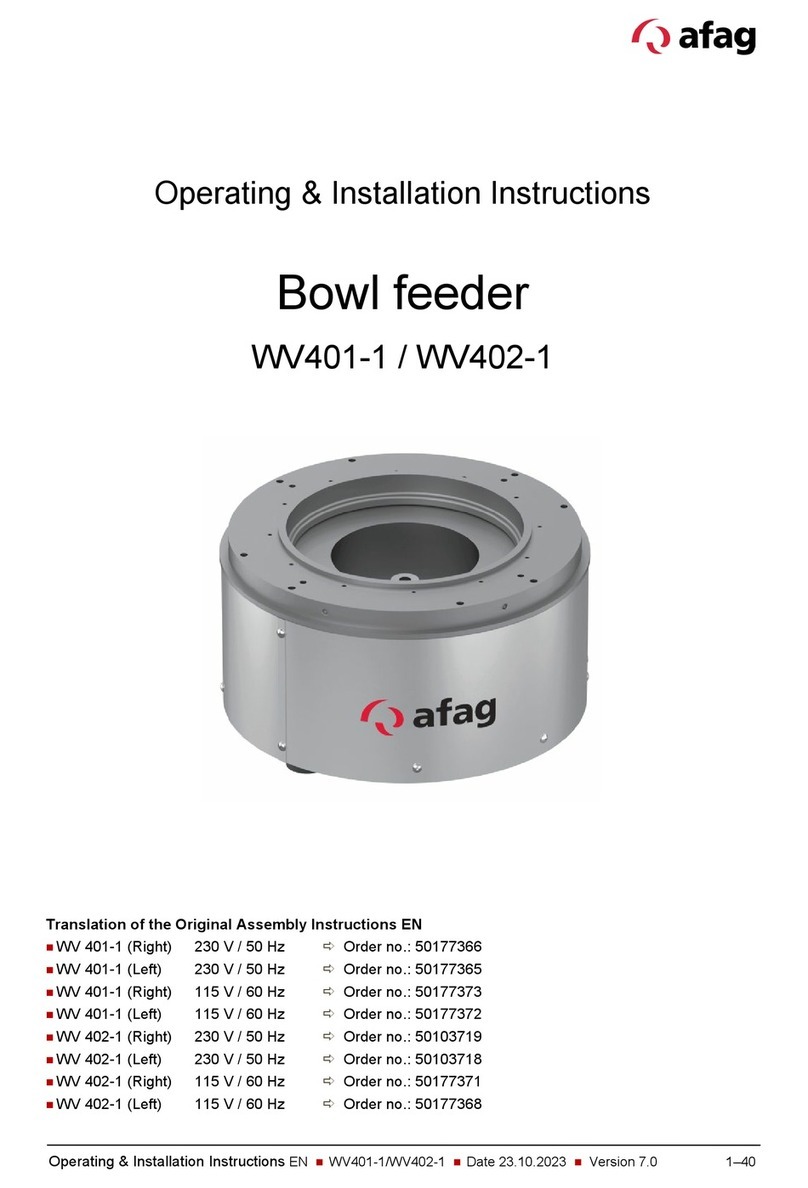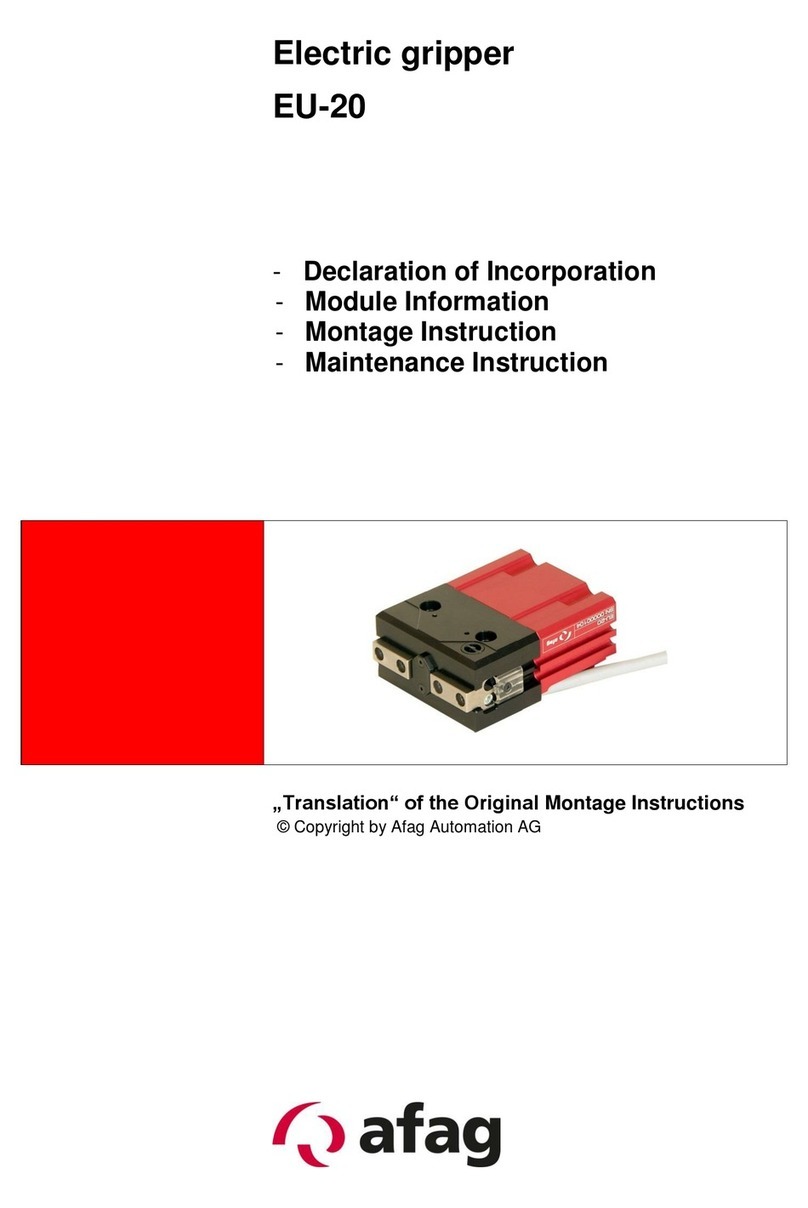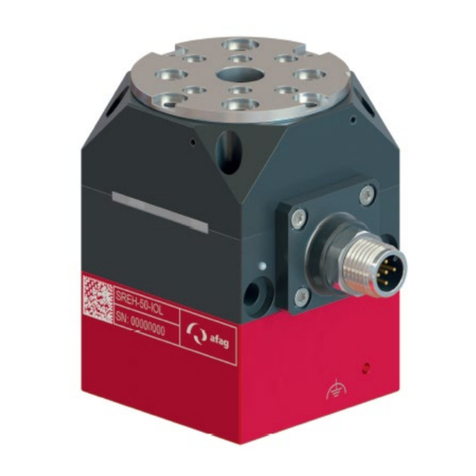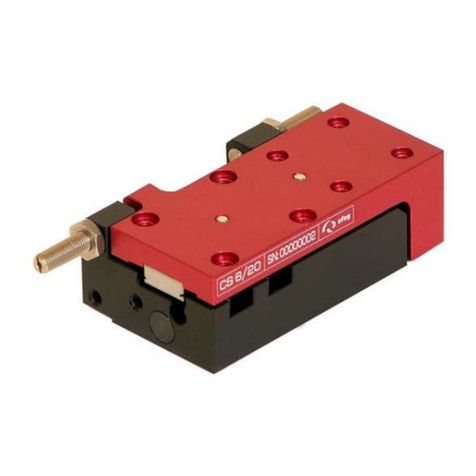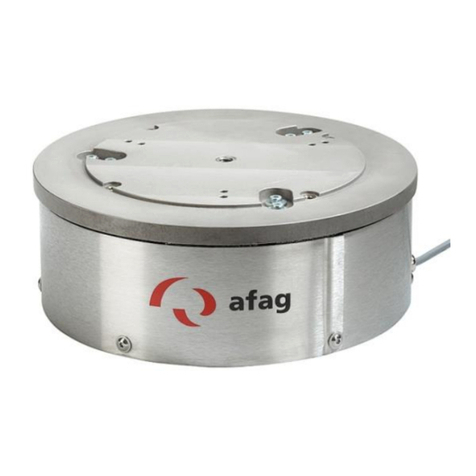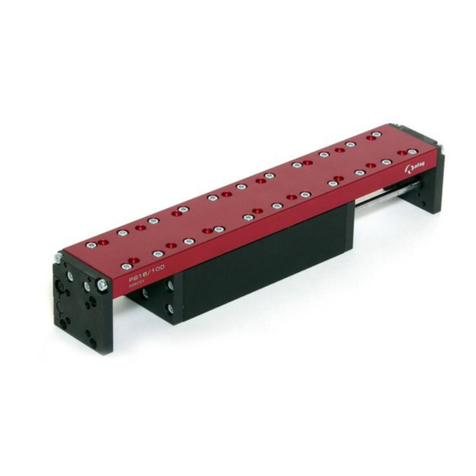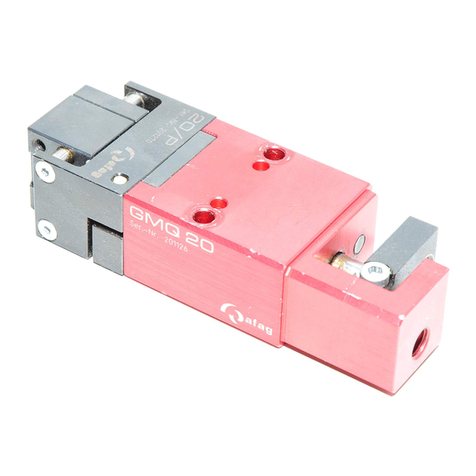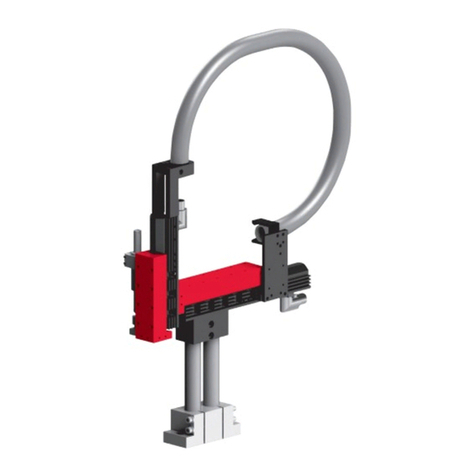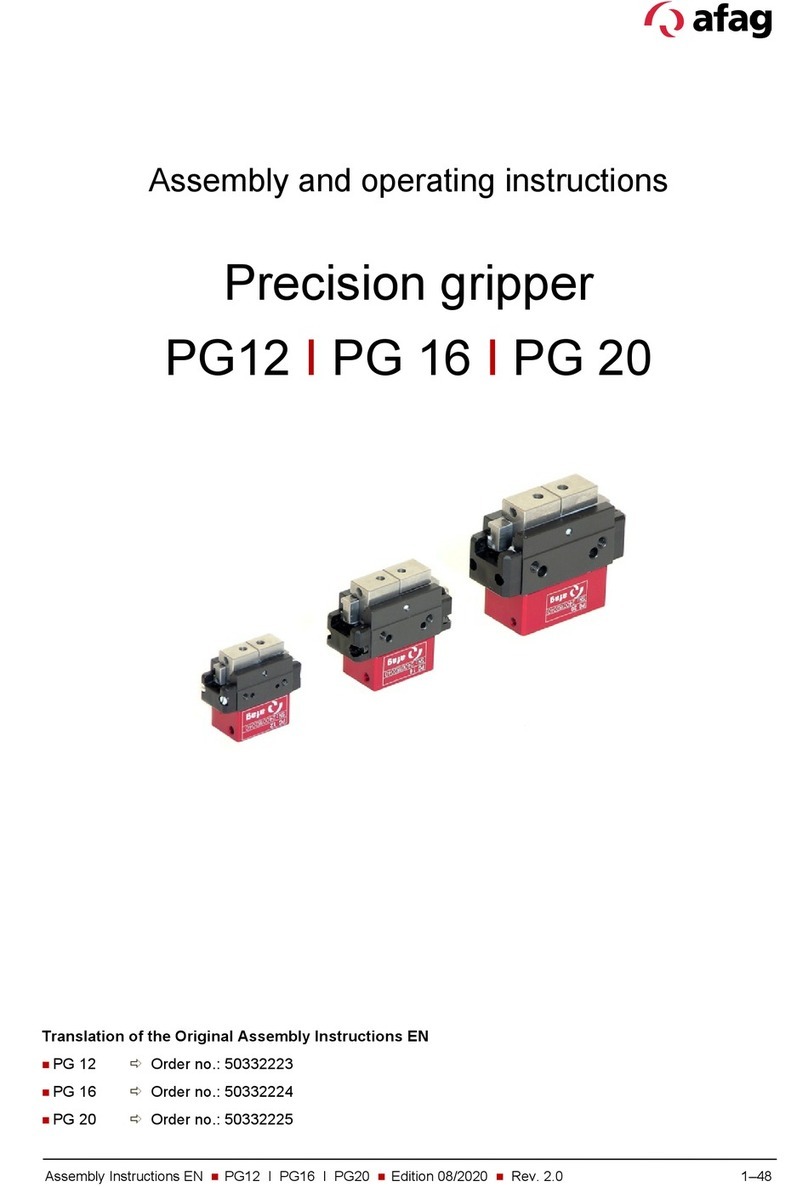
Operating & Installation Instructions EN NVB07/0.5/NVB12/1.0/NVB25/3.0 Date 02.12.2023 Version 3.0 3–40
Table of contents
1General.................................................................................................................... 5
1.1 Contents and purpose of this manual........................................................... 5
1.2 Explanation of symbols................................................................................. 5
1.3 Additional symbols........................................................................................ 6
1.4 Warranty ....................................................................................................... 7
1.5 Liability.......................................................................................................... 7
2Safety instructions................................................................................................. 8
2.1 General......................................................................................................... 8
2.2 Intended use................................................................................................. 8
2.3 Foreseeable misuse ..................................................................................... 9
2.4 Obligations of the operator and the personnel ............................................. 9
2.4.1 Follow these instructions........................................................................ 9
2.4.2 Obligations of the operating company.................................................... 9
2.4.3 Obligations of the personnel ................................................................ 10
2.5 Personnel requirements ............................................................................. 10
2.5.1 Personnel qualification ......................................................................... 10
2.6 Personal protective equipment (PPE) ........................................................ 11
2.7 Changes & Modifications............................................................................ 11
2.8 General hazards / residual risks................................................................. 11
2.8.1 General hazards at the workplace ....................................................... 11
2.8.2 Danger due to electricity ...................................................................... 13
2.8.3 Mechanical hazards ............................................................................. 13
2.8.4 Noise hazards ...................................................................................... 13
3Technical data ...................................................................................................... 14
3.1 Dimensional drawing NVB07/0.5 - NVB25/3.0........................................... 14
3.2 Technical data NVB07/0.5 - NVB25/3.0 ..................................................... 15
3.3 Accessories ................................................................................................ 16
3.3.1 Mounting parts...................................................................................... 16
3.3.2 Adjustment aids.................................................................................... 16
3.3.3 Controller.............................................................................................. 16
4Transport, packaging and storage ..................................................................... 17
4.1 Safety instructions ...................................................................................... 17
4.2 Scope of supply .......................................................................................... 17
4.3 Transport .................................................................................................... 18
4.4 Packaging................................................................................................... 18
4.5 Storage ....................................................................................................... 18
5Design and description ....................................................................................... 19
5.1 Structure of the vibrating refill hopper ........................................................ 19
5.2 Functional description................................................................................. 19
